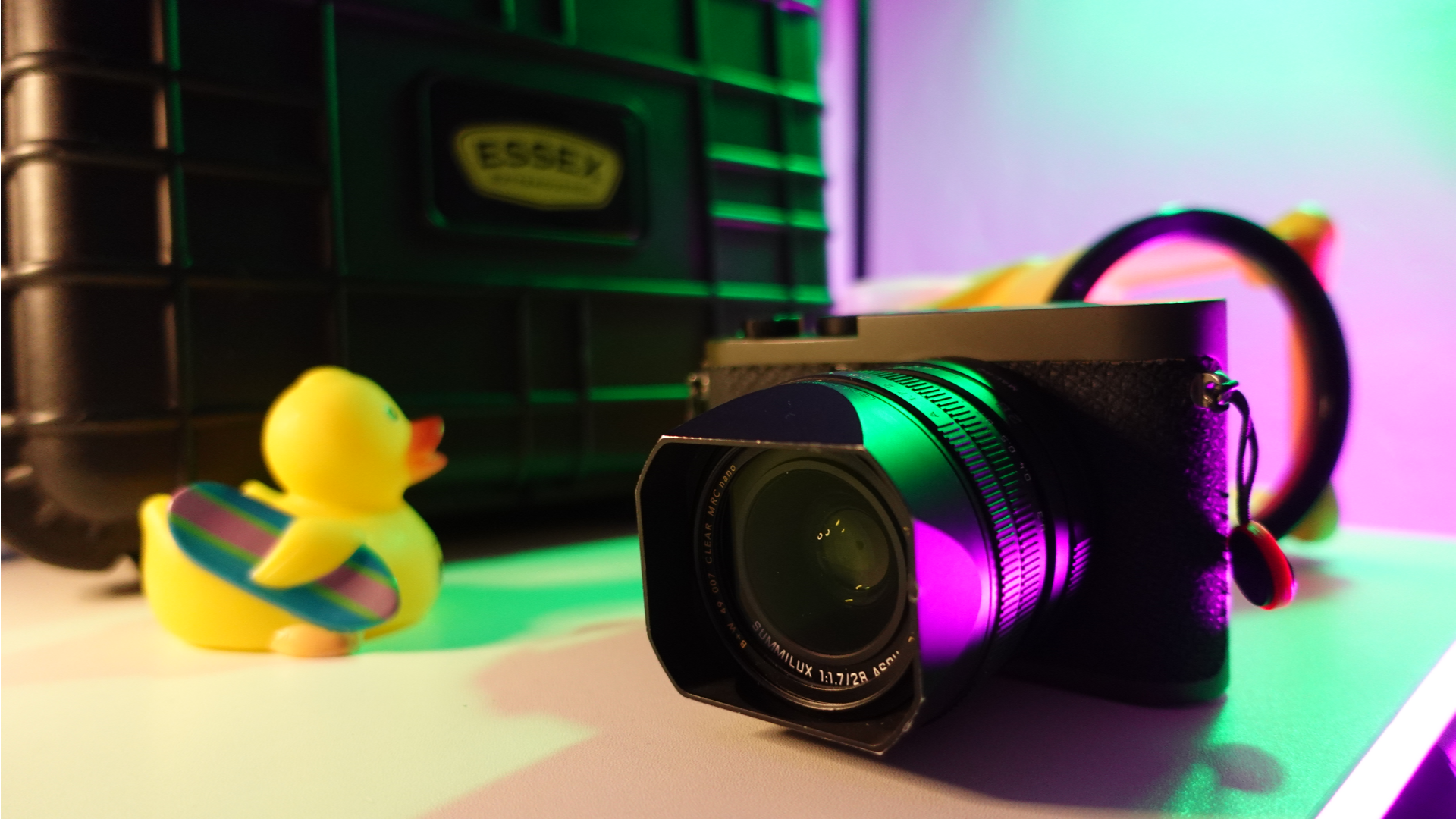6. If using a dome port, check the dome for scratches or damage and make sure it is properly attached to the housing.
The saltwater is great for exfoliating, but the same abrasive qualities of the ocean will do damage to glass or plexiglass elements over time. I like to keep my dome ports and flat ports behind foam or soft clothes 99% of the time. The rest of the care process will be regular maintenance and inspection. There are solvents that you can use to lightly remove scratches, but this element will need to be replaced at some point.
7. Make sure the housing is properly closed and locked before the shoot.
Ok—no brainer, right? My current housing has hatch that needs to be screwed in, so I’m not likely to forget…For those of you with latch style enclosers—the same level of diligence applies. Trust that your latch points will fail and use that as a basis to regularly make inspections.
8. Bring spare O-rings, lubricant, and a toolkit for O-ring replacement if necessary. Always check the housing and O-ring before each dive or immersion, even if the housing has been used recently.
Redundancy is the key to being prepared—so just have backups for your backups and spare parts for your spares. Chances are, if you’ve already made the decision to put an expensive piece of camera equipment in the water, that you’ll now go to any lengths to ensure its proper functionality (Read: You’ll buy lots of accessories.) No harm in having more parts than you need, but you’ll be kicking sand the next time you go for a shoot only to find that your O-ring is dried out.
9. Take note of the max depth of the housing and don't exceed it.
Hopefully, the depth rating from your company is tested and advertised appropriately. (Those little plastic bags off Amazon—don’t put your camera in there.)
10. Keep the housing in a dry and cool place when not in use.
Proper storage is key! After lots of fresh, cold, clean water—ensure that your housing is dry before storing it away. I recommend a waterproof/water-sealed case with lots of foam.
*Always be aware of your surroundings and the safety of yourself and others when using waterproof housing.
So you are ready to jump in! Got your fins on (and wetsuit for those of us in colder water), and you’ve successfully prepared your gear. Stoke is high, maybe the lighting is just right for the break and the conditions are well…firing. HOLD ON! Just like the surfers and divers you aim to shoot, safety should still be your number one priority. Be aware of your surroundings—the ocean is fickle and conditions can change at any moment. Learn as much about where the surf breaks and where people line up—you don’t wanna be the kook who ruins someone’s line.
————
For more about the housing I use, check out Essex Waterhousings. I use the model that is made for my Leica Q2 [Reporter]

